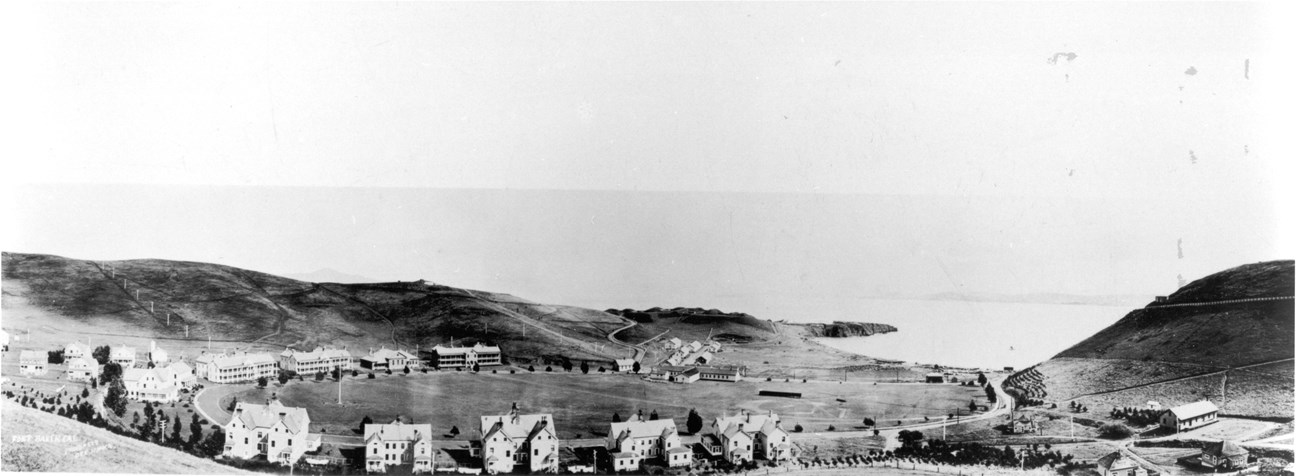
PARC, NPS An Endicott-period Army Post Fort Baker is a historic army post located in the Marin Headlands. The post, built between 1902 and 1910, is one of the park’s best examples of the army’s “Endicott Period” military construction, named after the late 19th century Secretary of War, William C. Endicott. The “Endicott Period” refers to the peace time years, between 1865 (the end of the Civil War) and 1898 (prior to the Spanish-American War), when the army had the time to look inward and make improvements to many of its existing military systems. By the 1860s, many of the Army’s “modern” defense systems had become outdated and the War Department expressed growing concerns about the dilapidated condition of the country’s seacoast fortifications. As a response, in the 1890s, the War Department made sweeping recommendations for all existing U.S. seaports and proposals to modernize and re-arm all the seacoast forts. In addition to improving its seacoast defenses, the Army now turned its energy toward improving the living conditions of enlisted soldiers, in order to stem desertion, boost moral and attract a better class of recruits. 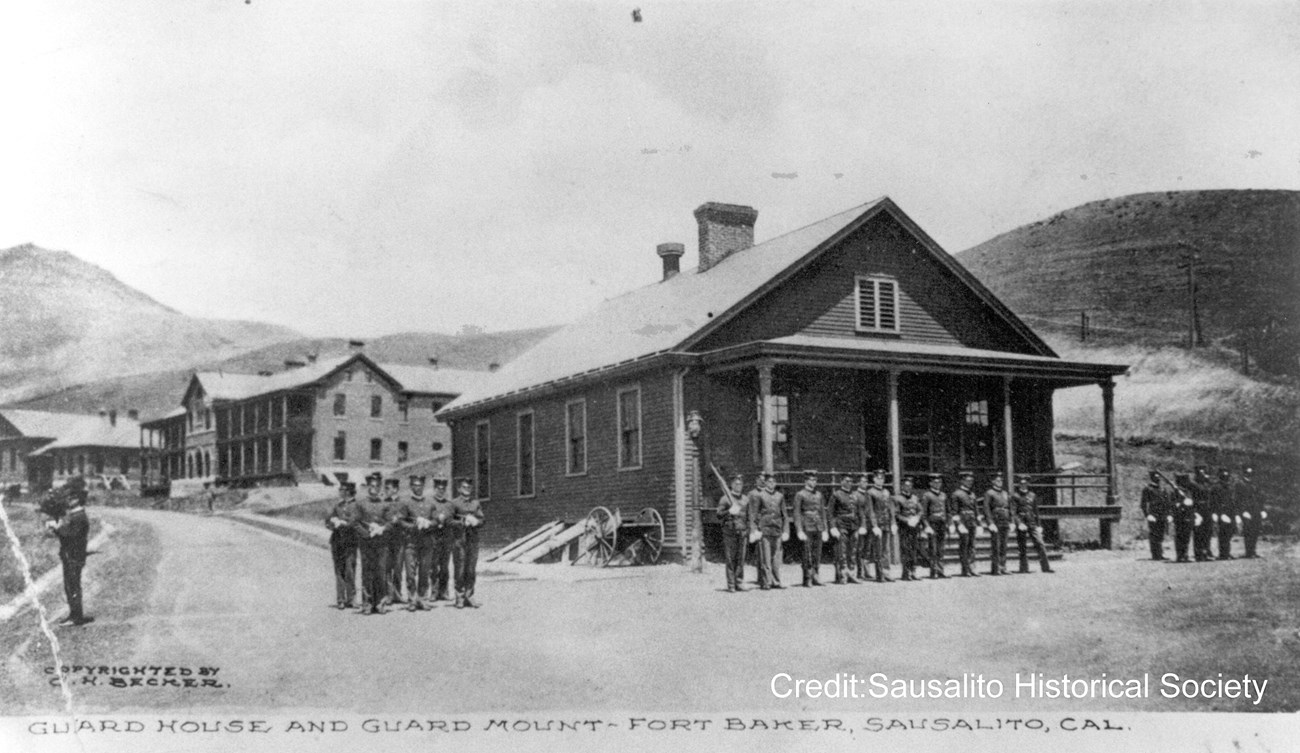
photo courtesy of Sausalito Historical Society Construction of Fort Baker Between 1897 and 1905, the army constructed new, state-of-the-art seacoast fortifications, including Batteries Yates, Spencer, Kirby, Duncan and Orlando Wagner. The army created the Coast Artillery Corps to man the newly constructed batteries. In order to provide permanent housing for the soldiers, the army began a major construction campaign, constructing Fort Baker between 1901 and 1910. Most of the original Fort Baker buildings, designed in the Colonial Revival architectural style, were clustered around the post's main parade ground. The style is often characterized by large, stocky symmetrical buildings with classical elements, such as columns, wrap-around porches and decorative windows. 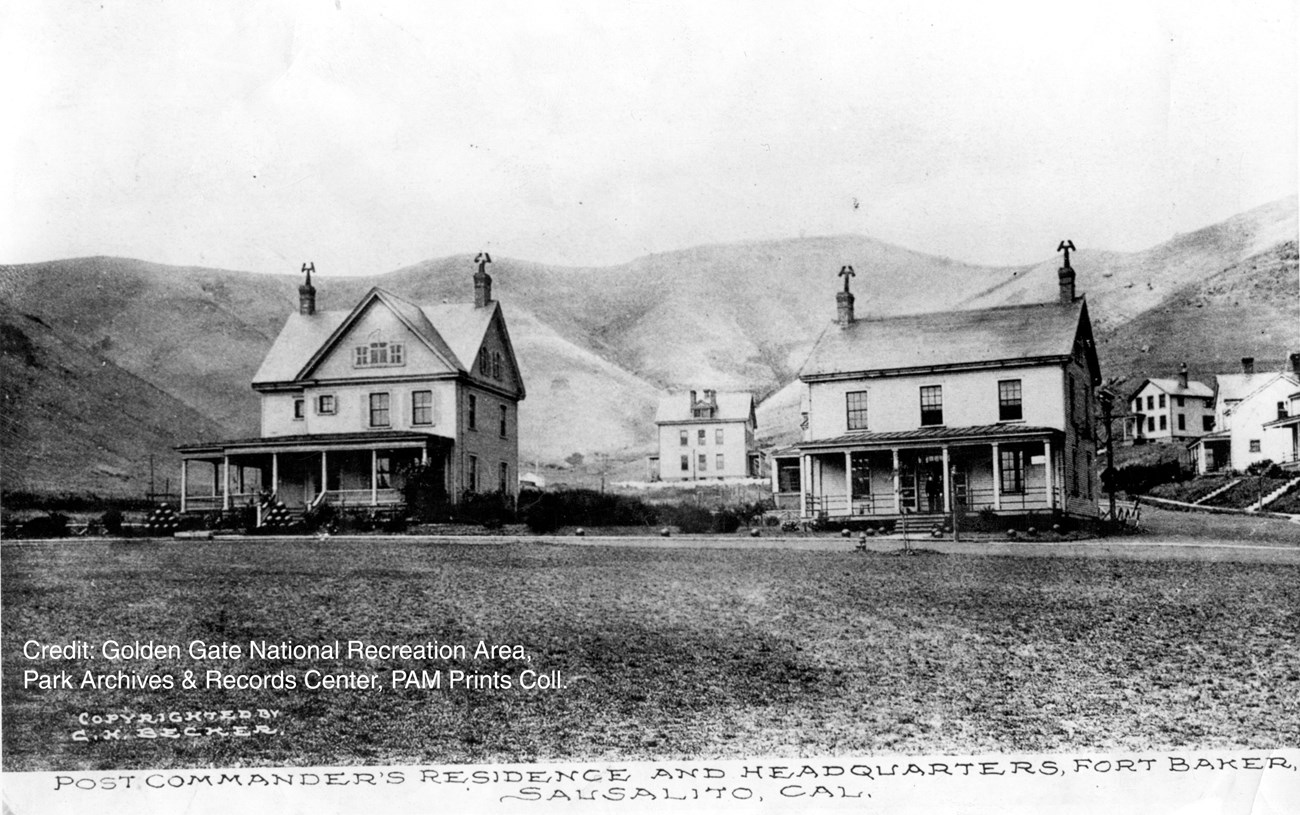
PARC, GGNRA Improvements to Army Life The design of these buildings at Fort Baker, built around the turn-of-the-19th century, represented the army’s new interest in providing its soldiers with a healthier living environment. Unlike the dark, cramped and often infested 19th century frontier barracks, the large and well ventilated barracks at Fort Baker provided clean running water, ample interior space and modern, indoor toilet facilities. As on all army posts, Fort Baker contained a commanding officer's residence and a post headquarters. The army was also concerned with the health and education of its soldiers. As a result, Fort Baker also contained a 12-bed hospital and a fully-equipped gymnasium, that housed a reading room, a post exchange (which functioned as both a small-scale store and lunch room), and even a bowling alley. Seacoast Fortifications The men stationed at Fort Baker were members of the Coast Artillery Corps, which was officially created in 1907 by the U.S. Army to protect and defend the nation’s harbors. The Coast Artillery Corp went on to fight in both World War I and World War II and remained in service until the army officially deactivated the Corps in 1950. During the Endicott Period, the army was constantly modifying and improving their gun batteries to stay current with the advances in military technology. In order to adequately protect the valuable San Francisco Bay, the army continued to build more batteries further out along the coast line. While the Fort Baker batteries were constructed just inside the Golden Gate strait, the later batteries, like Battery Mendell and Battery Alexander (under the jurisdiction of Fort Barry), were constructed farther out on the Marin Headlands, overlooking the Pacific Ocean. 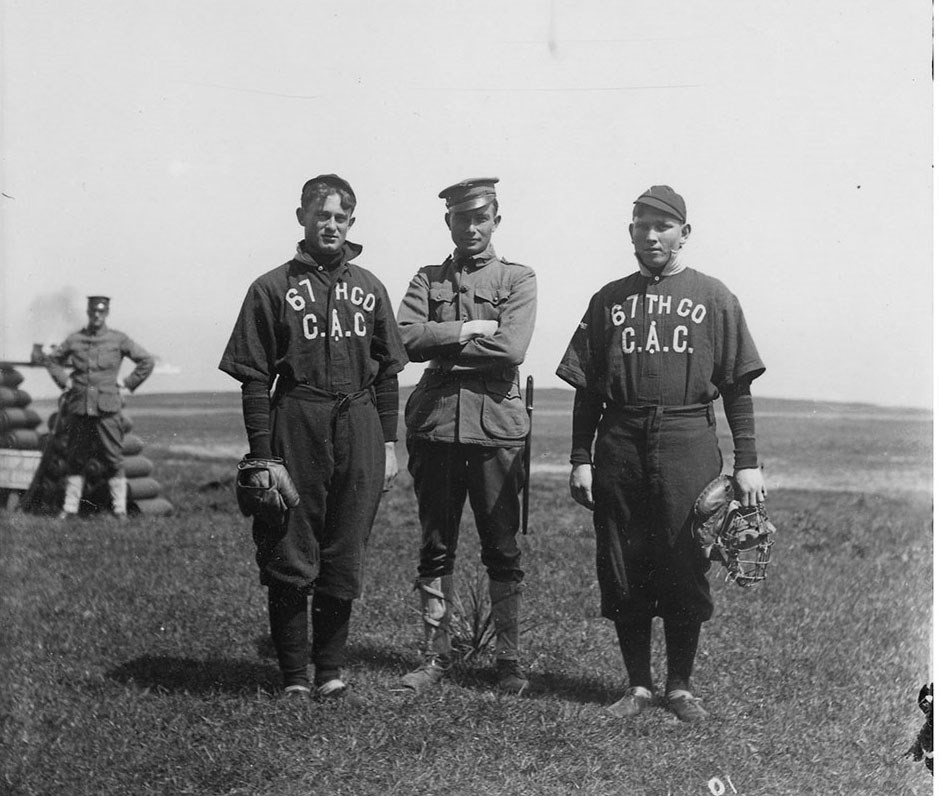
PARC, GGNRA World War II at Fort Baker As the country began to mobilize for war, the army created the Harbor Defenses of San Francisco which had operational command over many San Francisco army posts, including Fort Baker, Fort Barry and Fort Cronkhite, in the time of war. The Harbor Defenses of San Francisco was responsible for defending the area’s coastline from enemy naval attack, ensuring the safety of friendly shipping traffic and guarding the harbor with underwater minefields. Fort Baker’s Horseshoe Cove was the home of the Harbor Defense’s mine depot, where Coast Artillery soldiers would carefully load 800 pounds of TNT into metal mines and then plant them underwater, outside the mouth of the bay, with a complex series of electronic cables. If an enemy vessel or submarine was spotted entering San Francisco Bay, the electronic mines could be triggered by a shore-based detonating station. Also at Horseshoe Cove, the army also established a hardworking Marine Repair Shop that provided on-going maintenance for the small civilian boats conscripted for use in the mine operation. 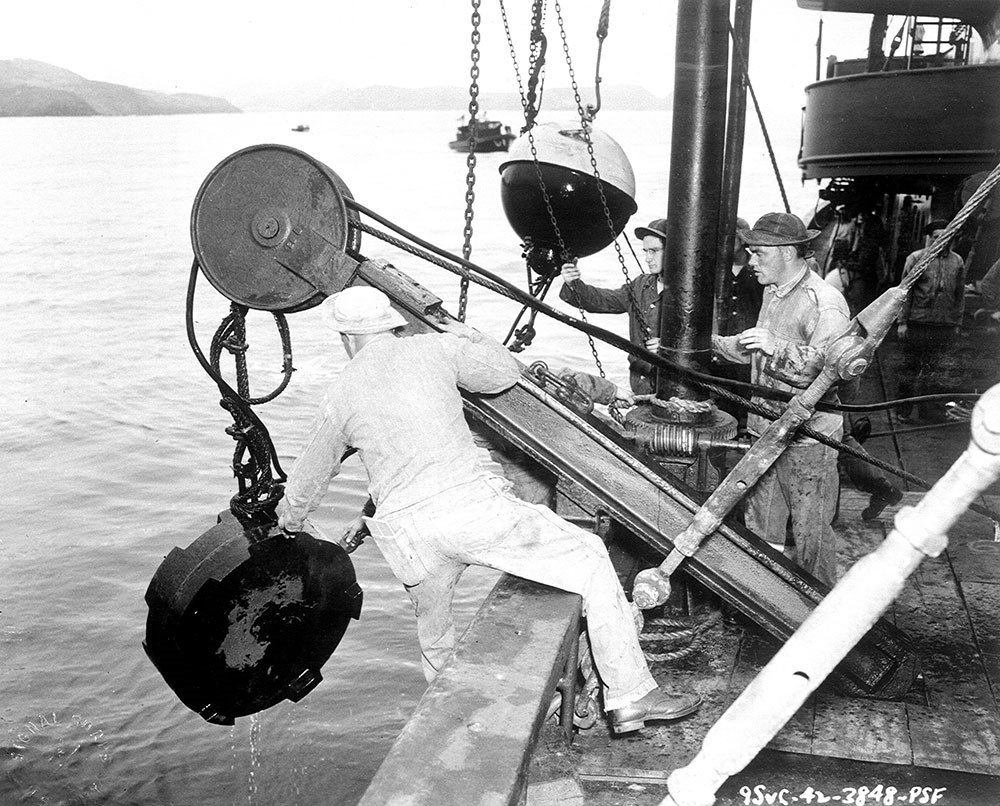
PARC, GGNRA Continued Military Presence, 1950s to today After the World War II bombings of Pearl Harbor and Hiroshima, the threat of foreign attack on U.S. soil shifted from naval assault to air attack, particularly by aircraft carrying nuclear weapons. During the Cold War, from the 1950s to the 1970s, Fort Baker was home to the Headquarters of the Sixth ARADCOM Region (ARADCOM stood for U.S. Army Air Defense Command). The Sixth ARADCOM Region was responsible for 12 permanent launch sites for “NIKE” anti-aircraft missles around the Bay Area, including San Pablo Ridge, Rocky Ridge, Lake Chabot and Coyote Hills in the East Bay; Milagra Ridge, Fort Winfield Scott and Fort Funston to the south of the Golden Gate; and Fort Cronkhite, Fort Barry, Angel Island and San Rafael to the north. These missile sites would receive initial targeting information from an early-warning radar station at the Mill Valley Air Force Station on Mt. Tamalpais; with the help of information from the radars and computers, the missiles would prepare, if needed, to launch. 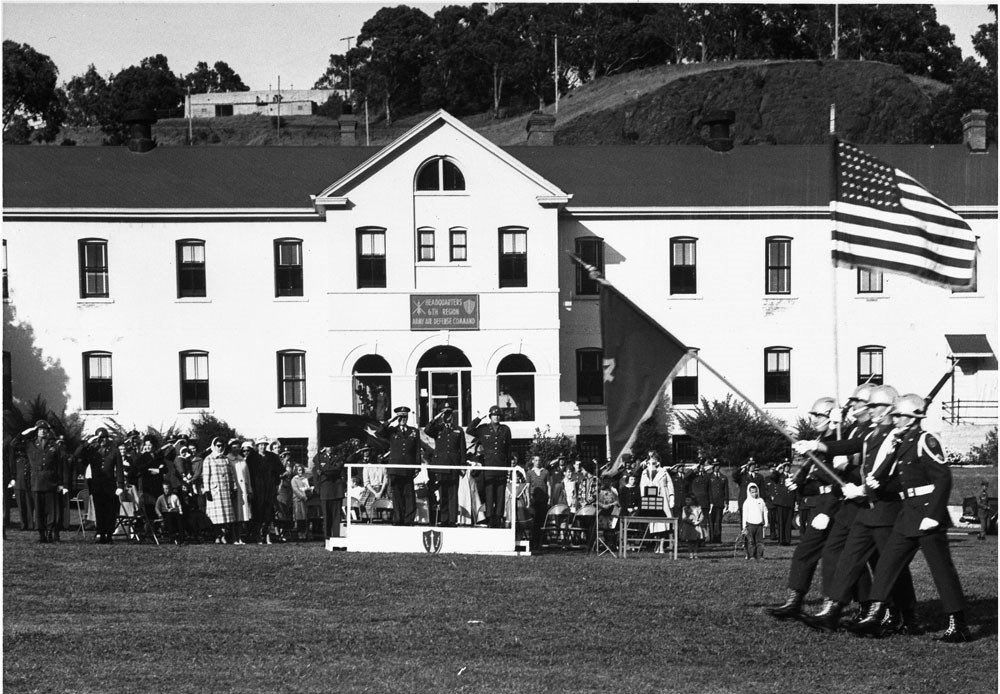
PARC, GGNRA From the 1970s to the 1990s, the 91st Division (Training Support) was stationed at Fort Baker under the command of the Travis Air Force Base. The 91st Infantry Division, nick-named the “Pine Tree Division” or the “Wild West Division”, was active during both world wars until the army deactivated it in 1945. In December, 1946, the 91St Division was reactivated at the Presidio of San Francisco as part of the U.S. Army Reserve. While at Fort Baker, the 91st Division (Training Support) was responsible for creating training exercises for the Army National Guard, the Army Reserve Combat Support and the Combat Service Support units. In 1995, the military transferred its land to Golden Gate National Recreation Area and in 2000, the last soldiers left Fort Baker as the 91st Division (Training Support) moved their activities to Camp Parks, California. 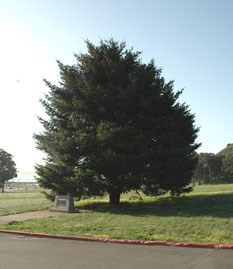
NPS photo Today, the U.S. Coast Guard Station Golden Gate, located at Horseshoe Cove, is responsible for search and rescue missions, homeland security, maritime law enforcement, maritime environmental protection and boating safety. The Travis Air Force Base continues to operate the Sailing Marina Center at the Presidio Yacht Club. The Travis Sailing Center is a recreational activity of the 60th Services Squadron, Travis AFB dedicated to providing recreational and boating opportunities to all active duty, reserve, and retired US Armed Services, Coast Guard, federal civilian, and CG Auxiliary members. To Learn More about Fort Baker To get directions to Fort Baker and learn about the various activities there, please visit the Plan Your Visit page.
To learn more about the history of the Bay Area's seacoast defense system, visit the San Francisco Bay Seacoast Defenses 1776-1974 page.
To learn more about the historic landscapes at Fort Baker, dowload the Cultural Landscape Report for Fort Baker (PDF file, 3,102 KB).
To learn more about the army life at Fort Baker, download the Fort Baker Walking Tour, Innovations in Army Post Life (PDF file, 973 KB).
To learn more about the historic uses of the waterfront area, download the Fort Baker History Walk: Horseshoe Cove: A Historic Marina at Fort Baker (PDF file, 741 KB).
|
Last updated: September 28, 2021
